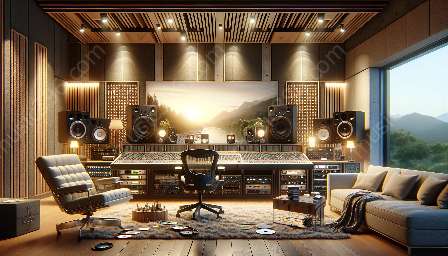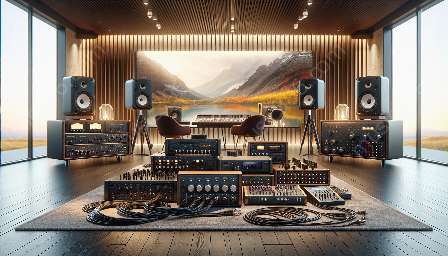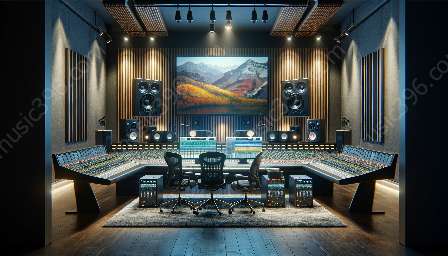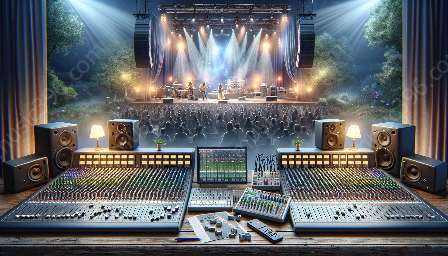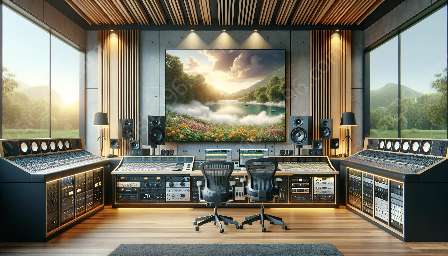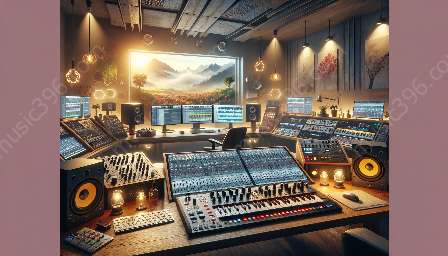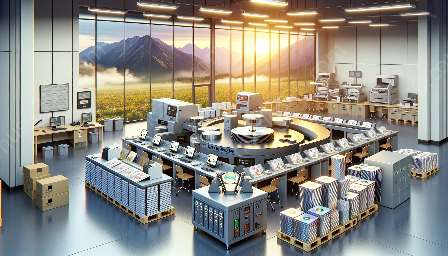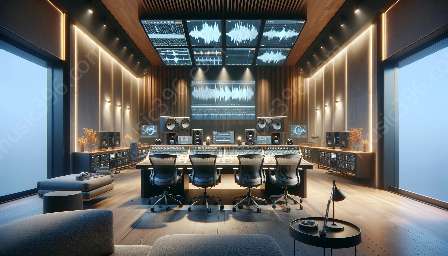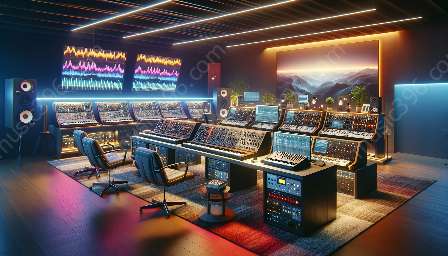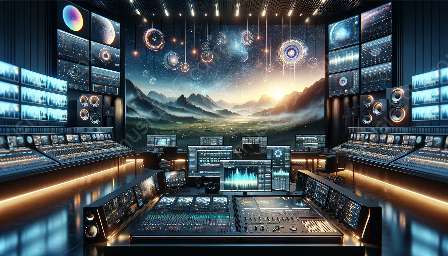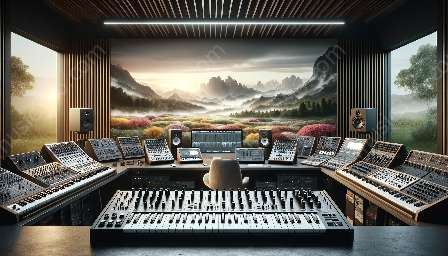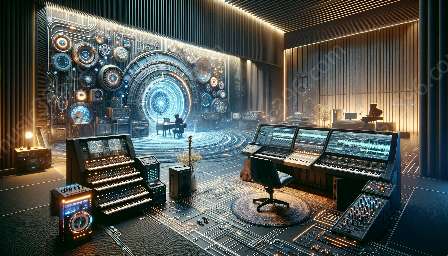As technology continues to play an integral role in music production and performance, the integration of sampling technology into live performances has become a topic of great interest within the music industry. This article explores the challenges and opportunities associated with this trend, with a focus on music synthesis, sampling, and CD & audio technologies.
The Rise of Sampling Technology
Sampling technology has significantly transformed the way musicians create and perform music. Sampling involves taking a sound or piece of music and reusing it in a different context, often incorporating it into a new composition. With the advancements in digital sampling techniques, musicians now have access to an extensive library of sounds and instruments, allowing for creative and innovative musical expressions.
Challenges in Integrating Sampling Technology into Live Performances
Despite its numerous benefits, integrating sampling technology into live performances presents a set of challenges that musicians and audio engineers need to address. One of the primary challenges is the need for seamless integration between the sampling technology and live instruments. Achieving a cohesive and organic sound that combines samples with live elements requires meticulous planning and technical expertise.
Furthermore, the synchronization of samples with live performances can be a complex task, as it requires precise timing and coordination to ensure that the sampled sounds complement the live instrumentation. Technical issues, such as latency and software compatibility, also pose significant challenges that need to be carefully managed to deliver a high-quality live performance.
Opportunities for Innovative Performances
Despite the challenges, integrating sampling technology into live performances offers a myriad of opportunities for musicians to create captivating and unique experiences for their audiences. One of the key opportunities lies in the ability to expand the sonic palette and versatility of live performances. By incorporating samples into their performances, musicians can explore new soundscapes and textures, adding an extra layer of depth and complexity to their music.
Moreover, sampling technology enables musicians to recreate studio-produced sounds and effects in a live setting, providing a more immersive and dynamic experience for the audience. This opens up possibilities for reinterpreting popular tracks and creating fresh arrangements that captivate and engage listeners in a live concert setting.
Integration with Music Synthesis and CD & Audio Technologies
When considering the integration of sampling technology into live performances, it's essential to understand its relationship with music synthesis and CD & audio technologies. Music synthesis involves the creation of electronic sounds and music through various synthesis techniques, often complementing the use of sampled sounds to enrich the sonic landscape.
Furthermore, the use of CD & audio technologies plays a crucial role in the delivery and manipulation of sampled sounds during live performances. CD players and audio interfaces are commonly utilized to playback pre-recorded samples and loops, seamlessly integrating them with live instrumentations to produce a cohesive and compelling musical performance.
Conclusion
The integration of sampling technology into live performances presents both challenges and opportunities for musicians and audio professionals. Overcoming the technical hurdles and harnessing the creative potential of sampling technology can lead to groundbreaking live performances that push the boundaries of musical expression. With a deep understanding of music synthesis, sampling, and CD & audio technologies, musicians can craft unforgettable live experiences that resonate with audiences worldwide.


